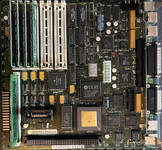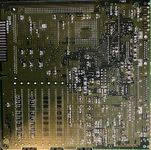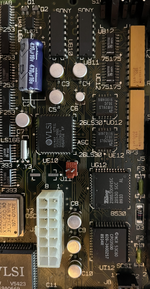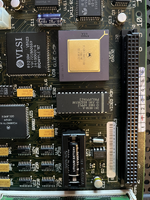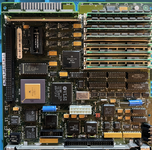Hi,
I noticed that my Mac SE/30 doesn't play any sound. Here are the tests I carried:
I noticed that my Mac SE/30 doesn't play any sound. Here are the tests I carried:
- Checked the control panel to set the volume to max
- Managed to get the built-in speaker to work when connecting it to a different Mac SE
- When I use the audio output by connecting speakers or headphones, I can hear something but the sound is very low

